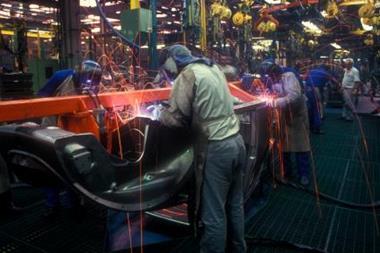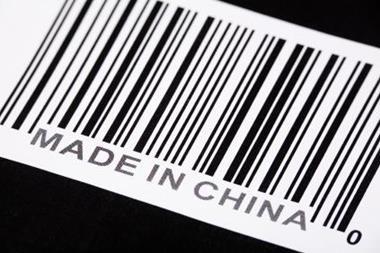96% of suppliers see climate change regulation as a potential risk
A collaboration of global suppliers has identified emissions regulation as a major potential risk.
Ninety six percent of respondents from the Carbon Disclosure Project’s (CDP) Supply Chain Leadership Collaboration see climate change regulation as a potential risk.
The findings emerged from a survey of CDP’s Supply Chain Leadership Collaboration, which includes companies such as Cadbury Schweppes, Dell, HP, Imperial Tobacco, L'Oréal, Nestlé, PepsiCo UK & Ireland, Procter & Gamble, Reckitt Benckiser, Tesco and Unilever who all work to measure carbon risks and liabilities in the supply chain.
The key findings include:
58% of responding suppliers report their scope 1 and 2 emissions (supplier's own fossil fuels burnt and electricity purchased). The majority of these suppliers are large or medium sized.
12% of suppliers report that they track scope 3 emissions (indirect emissions that are a consequence of your company's activities, but which arise from sources that are owned or controlled by others).
Many suppliers indicated difficulty in accessing scope 3 emissions data.
Risks and opportunities:
96% of suppliers identified greenhouse gas regulation as a potential risk.
Taxation and emissions limits are the most commonly reported risks.
Suppliers foresee extreme weather conditions adversely affecting operations and slowing productivity.
58% identified reduction in energy consumption as the best means of managing climate change related risks.
Only 26% have established greenhouse gas reduction targets so far.
Paul Dickinson, CDP's CEO, said: 'CDP's Supply Chain Leadership Collaboration shows how seriously some large corporations are taking the measurement of supply chain greenhouse gas emissions. It is only by asking suppliers the right questions that large corporations will be able to manage their supply chain emissions. Engaging with suppliers is a key first step to understanding carbon liability and to bringing about emissions reductions through the supply chain.'




















No comments yet